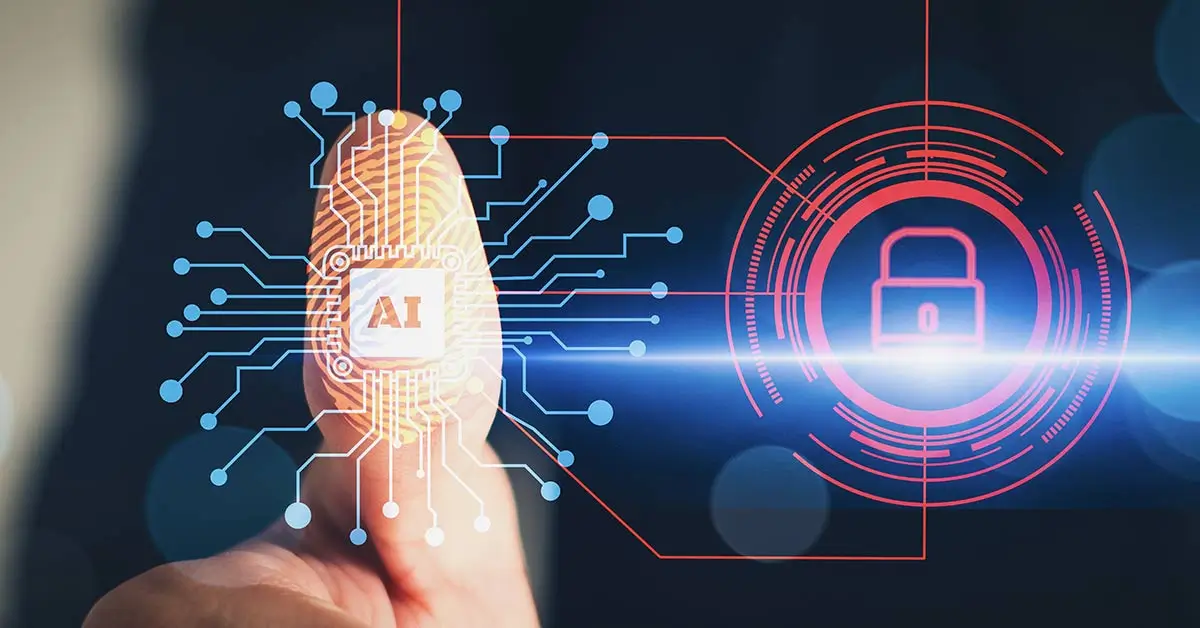
The integration of artificial intelligence (AI) into cybersecurity has transformed the way firms defend against cyber threats. The sophistication of cyberattacks is growing along with the digital realm. With its sophisticated abilities in pattern recognition, data analysis, and predictive modeling, artificial intelligence (AI) provides a strong barrier against these constantly changing dangers. This offers investors enticing prospects as well as substantial hazards.
SIGNIFICANCE OF CYBER SECURITY INVESTING
Due to artificial intelligence's improved threat detection, automation, and predictive analytic capabilities, investors should think about implementing AI in cybersecurity. AI has a 95% success rate in identifying malware, allowing it to detect threats more quickly and correctly. Up to 80% of repetitive cybersecurity processes can be automated by AI-driven systems, freeing up human analysts to concentrate on making strategic decisions. AI-powered predictive analysis can detect new threats 90% of the time, allowing for proactive security.
With a compound annual growth rate of 21.9%, the market for AI in cybersecurity is predicted to reach USD 60.6 billion by 2028 from USD 22.4 billion in 2023. AI and machine learning will be used by 75% of security operations centers by 2025 for threat identification and response. Autonomous cybersecurity systems powered by AI will provide robust defense against evolving threats, with a 99.9% success rate in mitigating attacks.
OPPORTUNITIES
- Enhanced Threat Detection and Response:
Large volumes of data may be analyzed in real time by cybersecurity systems driven by AI to spot anomalies and possible threats. Response times can be greatly shortened by using machine learning algorithms, which can use historical data to predict and prevent similar assaults in the future. Businesses find great value in this proactive approach, which makes investing in AI-driven solutions quite appealing.
2. Automation and Efficiency:
Artificial intelligence (AI) systems have the ability to automate monotonous processes, freeing up human analysts to concentrate on higher-level and strategic decision-making. This makes security better and ensures thereare no human errors.
3. Expanding Market Demand:
The frequency and intensity of cyberattacks are rising, which is propelling the cybersecurity market's strong expansion. Grand View Research's analysis projects that the global cybersecurity industry will develop at a compound annual growth rate (CAGR) of 10.0% from 2020 to 2027, with a projected value of $326.4 billion. With scalable and effective solutions that traditional approaches cannot match, artificial intelligence (AI) is leading the way in this expansion.
4. Regulatory Compliance:
With stricter regulations on data protection and privacy, such as GDPR in Europe and CCPA in California, businesses are under immense pressure to secure their data. AI-driven cybersecurity solutions help organizations comply with these regulations by providing robust security frameworks. Investing in companies that offer such compliance-oriented solutions can be highly lucrative.
RISKS
- Technological Obsolescence:
Due to AI's fast progress, technology may quickly become outdated. Investors run the risk of supporting a solution that is surpassed by more recent and sophisticated technologies. AI cybersecurity companies must always be innovative and flexible in order to stay ahead of the competition.
2. Integration Issues:
It might be difficult and resource-intensive to integrate AI technologies into the current cybersecurity architecture. Compatibility problems could arise for businesses, which could result in higher implementation costs and possible disruptions to operations. Businesses without a well-defined and practical integration strategy should raise red flags with investors.
3. Over-reliance on AI:
Although AI can greatly improve cybersecurity defenses, relying too much on these systems can be harmful. AI is also being used by cybercriminals to create increasingly complex assaults, leading to a continuous arms race. It's imperative to take a balanced tack and combine AI with conventional cybersecurity techniques. Businesses that only use AI should raise red flags with investors if they don't also take supplementary security precautions into account.
4. Bias and Lack of Explainability:
It might be challenging to comprehend and put your trust in AI-driven recommendations due to the potential for bias and opaque decision-making. Unintended outcomes and societal inequality can be sustained by biased data and a lack of openness. It is crucial to give transparency and explainability top priority when making decisions with AI in order to lessen these problems. This entails putting in place systems for ongoing input, guaranteeing a diversified collection of data, and creating regulatory frameworks that place a high value on impartiality and fairness.
5. Data Security and Privacy:
Massive data sets are needed for AI systems, and if these sets are not adequately maintained, there might be serious security and privacy concerns. Inadequate data handling can jeopardize organizational security and individual privacy by allowing unwanted access, data breaches, and the exploitation of sensitive information.

CONCLUSION
The dangers and rewards of investing in AI-driven cybersecurity are always changing. The market is anticipated to expand dramatically, from USD 22.4 billion in 2023 to a projected value of USD 60.6 billion by 2028. Artificial intelligence (AI) is an essential part of a strong cybersecurity strategy because it may improve threat detection, automate responses, and provide predictive insights. But significant thought must be given to regulatory complexity, ethical issues, and integration difficulties. To effectively navigate this potential yet complex terrain, investors need perform rigorous due diligence, stay up to date on technology breakthroughs, and assess the strategic vision of cybersecurity enterprises.






